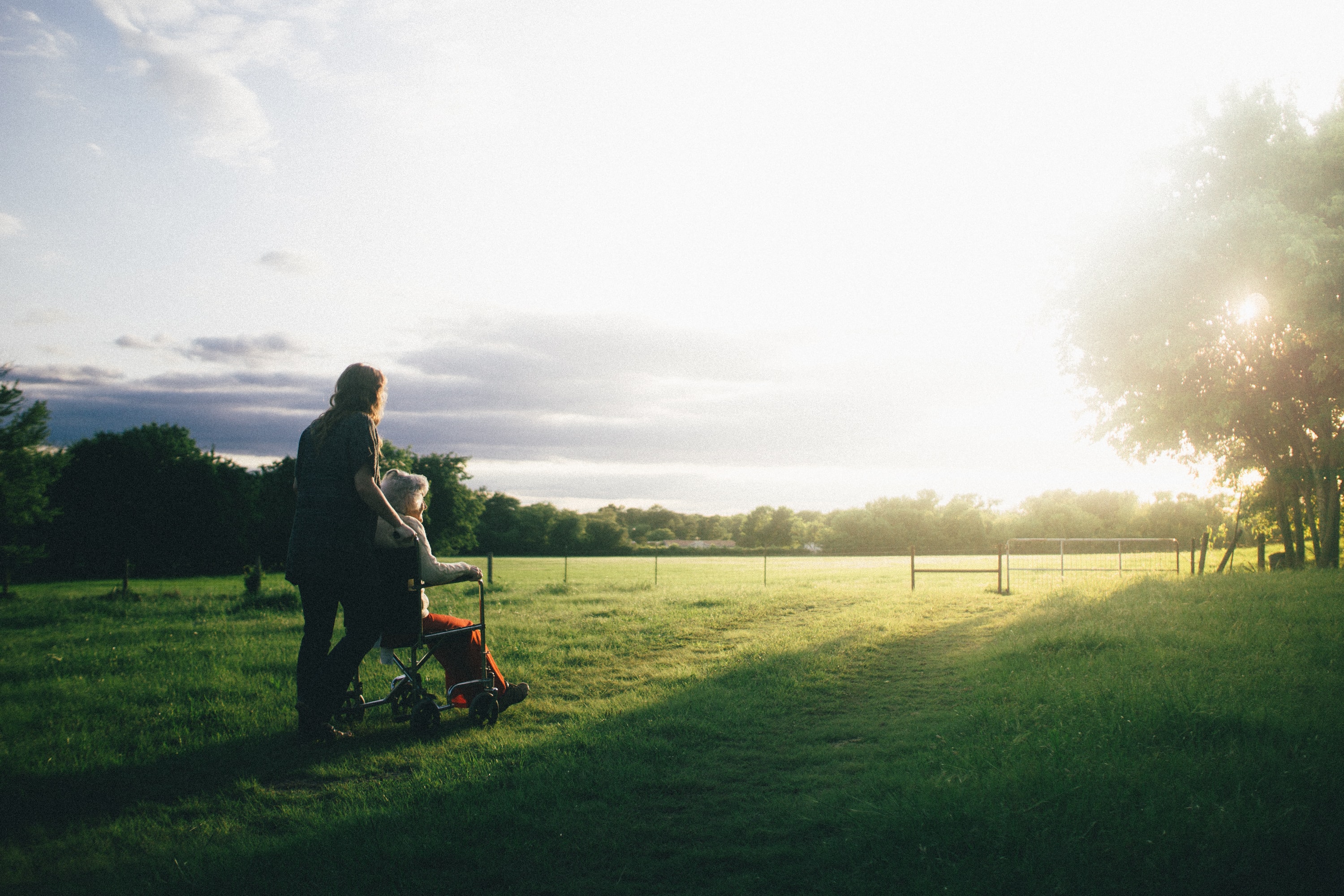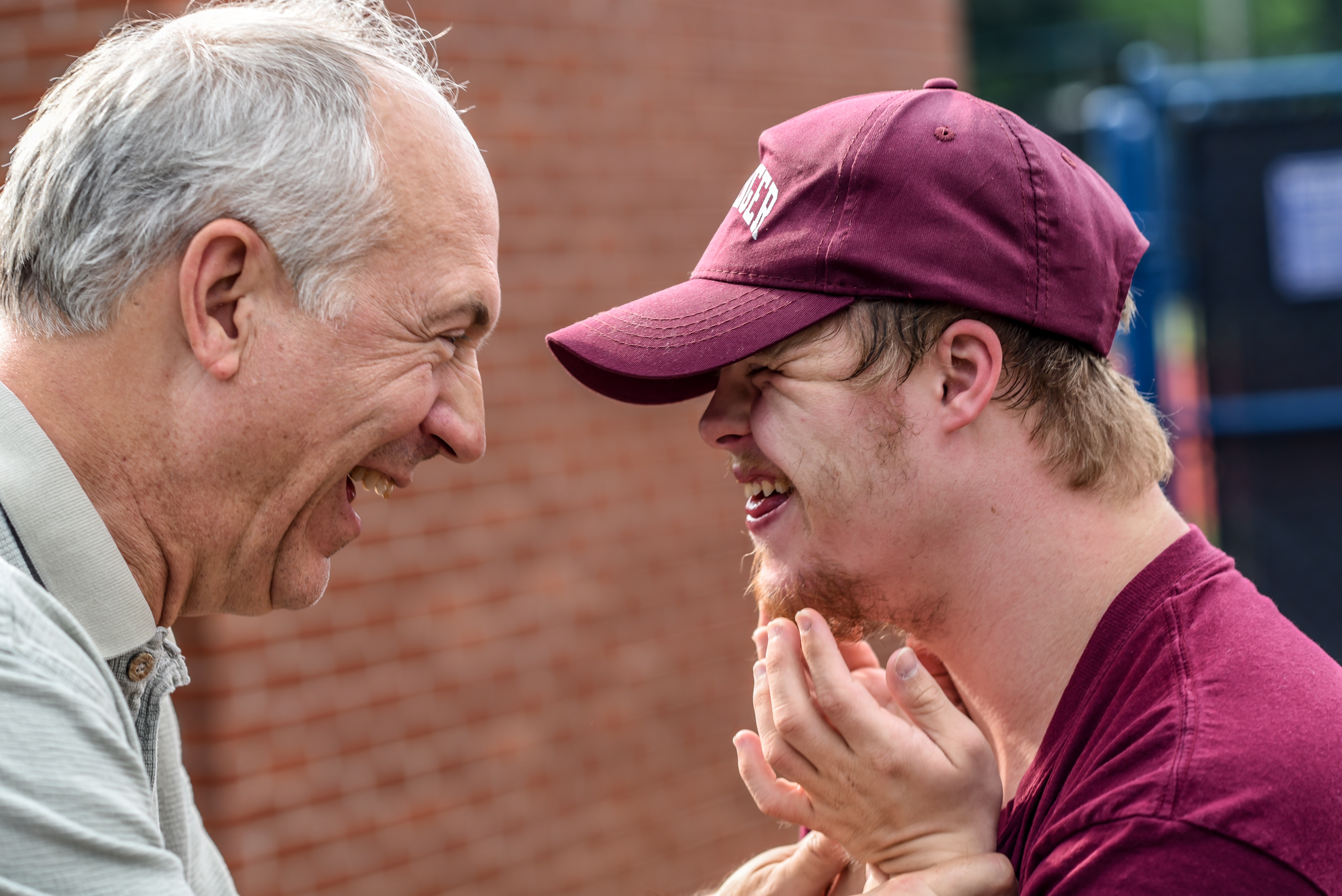In brief
Covid has shone a light on the relationship between social care and social connections. With the UK Government’s social care reforms on the horizon, Sam Dalton makes an argument for social care models in which care and connection come hand in hand.

Sam Dalton
Policy and External Affairs Manager
Sam is Policy and External Affairs Manager at ARCO, the representative body for housing-with-care providers, and previously worked at social connection charity The Challenge. You can follow Sam on Twitter @Sam_Dalton_1.
Designing connection into care
At first glance, there might appear to be an inherent contradiction in trying to strengthen social connections through social care. On the one hand, social connection is all about people coming together on an equal footing, finding common ground and developing a mutual relationship. It’s a two-way street. One the other hand, social care necessarily involves a ‘giver’ and a ‘receiver’, somebody who is providing the social care, and somebody who is in need of it. In this context, how can you develop equal relationships where everybody benefits?
This question of how to combine care and connection is gathering increasing importance at a time when the Covid-19 pandemic has shone a light on the simultaneous social care and loneliness crises. Older people have suffered both as a result of the under-funded, unreformed social care system, and the socially disconnected age we live in – made worse by the necessary isolation of lockdown. The care-connection conundrum is considered in detail by Conservative MP Danny Kruger in a recent report with the think tank Demos, ‘The Care Commitment’.
In his report, Danny places a large emphasis on ways of co-funding social care, with individuals and their families at the heart, and local authorities and government playing a supportive role. While finding a funding solution for social care is absolutely vital, it is equally important we develop new and innovative ways of providing social care. It’s not just about how much money we put into social care, but also where and how care is delivered.
Do we continue to provide older people with the basic choice of receiving care in their own home or moving to a care home, or do we develop a wider range of choices more suited to different needs?

Answering this question and changing the way we provide care brings real opportunities to prioritise human relationships and unite care with connection. Already, there are exciting new models which do just this.
Retirement communities, combining independent living with onsite care and support and a range of communal spaces, are helping older people strengthen their connections with one another, staff, and the wider neighbourhood.
Take the example of the Longbridge retirement village near Birmingham, bringing together 260 one and two bed apartments for older people with communal facilities including a village hall, gym, bar, bistro, and beauty salon for use by residents, their families and the wider public. This was built as part of the £1bn Longbridge regeneration area, which includes 400 homes, shops, restaurants and more. The positive impact on residents of being closely involved in the local community comes through strongly in the story of Ann and Bill.
Wider evidence from retirement communities shows residents to enjoy a flourishing social life: they are around five times as likely as non-residents to participate in social events, and four times as likely to meet up with friends. Only 1% say they often feel isolated. Crucially, the ‘giver’ and ‘receiver’ dynamic in social care is diluted, through residents having control over activities and events, and being in charge over their own care package, which can be increased or decreased as their needs change. Residents speak about how they enjoy seeing the same staff everyday and building great relationships with them.

Other exciting models take an intergenerational approach, for example through a younger person living with an older person and providing care and support for discounted rent, or through nurseries, schools and care homes linking up. This has been a strategy pursued by Torbay Council, through which more than 20 care homes now have regular visits from a local nursery. Taking the next step is co-locating childcare and adult social care, as Apples and Honey Nightingale in south London have pioneered by opening the UK’s first nursery to be based at a care home in 2017. Young and old benefit equally, experiencing improved wellbeing and connections across the age spectrum.
Baking connection into care need not focus only on formal care settings like care homes and retirement communities. As David Robinson’s piece on ‘Micro Care’ in August last year showed, the pandemic has demonstrated how informal networks in local communities have an important role in looking after more vulnerable neighbours.
If our communities are closely connected in the first place, then people know each other well enough to help with tasks like shopping and picking up medicine when needed. And to have this support provided by a friendly face again helps break down the ‘giver’ and ‘receiver’ dynamic.
All of this should make so much sense for social care. Because, as is now well documented, reduced loneliness and stronger connections improve physical health, too, reducing the need for care in the first place.
During a pandemic when the social care and loneliness crises have simultaneously come to the fore, it’s time to tackle these challenges together. With the Government’s social care reform proposals on the horizon at long last, they must unsure a brighter future for older people in which care and connection come hand-in-hand.
Read more

A relational approach to public policy: why it’s now essential
Introduction Nine months have passed since the general election. A new PM and a new generation of ministers have settled into post. They have had time to assess the legacy from the last administration and familiarise themselves with the ongoing work of every...

The Relational Neighbourhood
In brief Nick Sinclair and David Robinson have been mulling over a new blog for a while. It has been almost five years since their pandemic reflection on “the art of the covenant” (2020). A lot has changed since then but the underpinning principles of their thinking...
